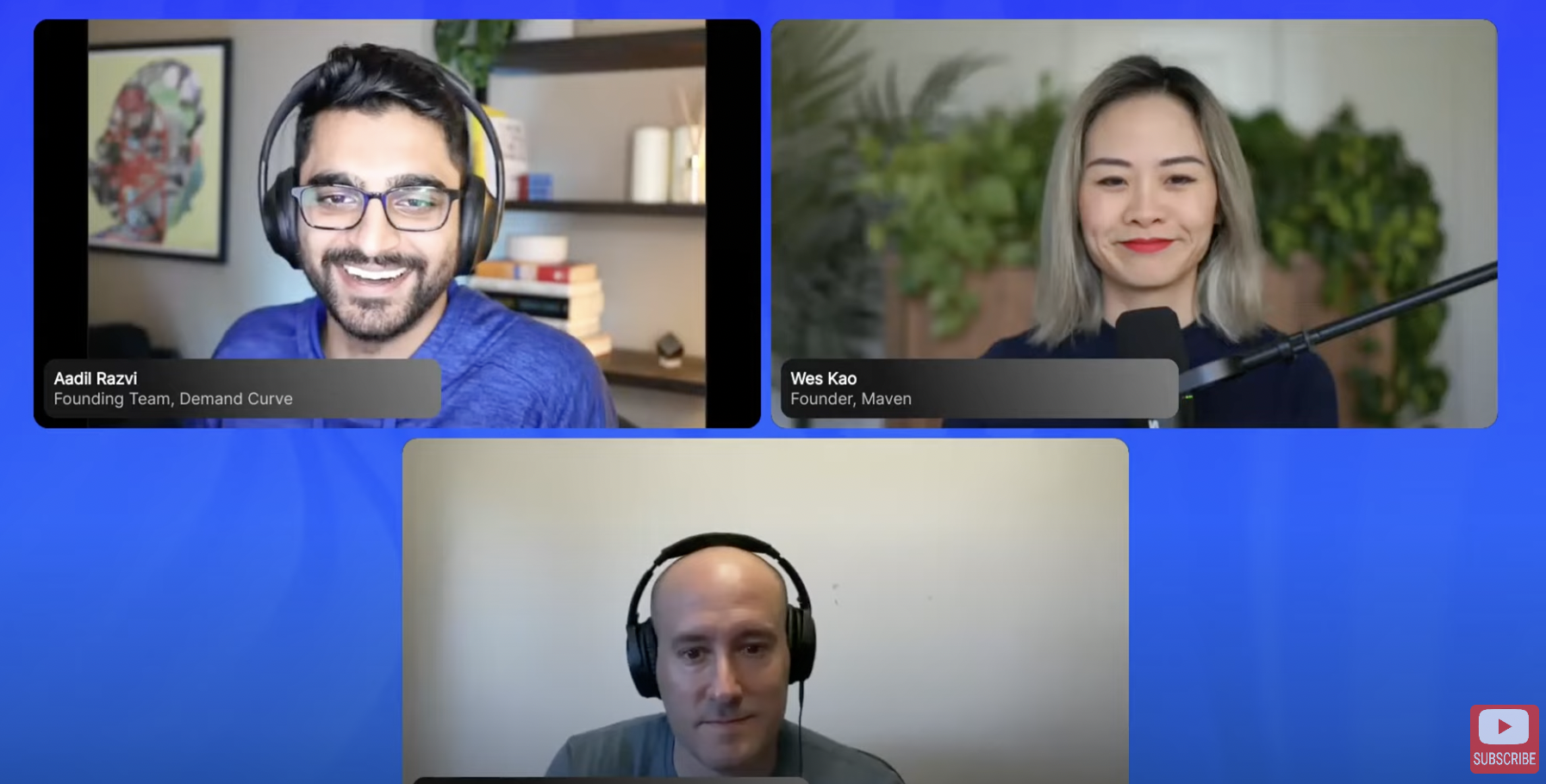How to figure out what you should teach


“If you build it they will come."
Course market fit is making sure you're the right person teaching the right topic to the right audience at the right price.

✍️ Action: Outside-in/Inside-out Exercise
- What are the questions that people ask you all the time?
- Who are the people asking you these questions, and do you already have access to them (e.g., on social media, via communities, networks)?
- What topic would you be asked to guest lecture on?
- If a stranger looked up your track record, what topic would they think you’d teach on?
- Within your area of expertise, what’s a topic that fascinates you?
- What topic do you enjoy explaining to others?
- Where do you have a ton of content that you've already written about?
"How to [achieve outcome] for [ideal student]."
Examples:
- How to beat decision paralysis and master a repeatable process for making better decisions in business/life for entrepreneurs & execs (Annie Duke)
- How to how to evaluate, build, scale, and monetize network effects for founders and investors (Sameer Singh)
- How to make better decisions by mastering budgeting, forecasting, analysis, and storytelling for founders and COOs (Chris Wattig and Taylor Davidson)
- How to succeed in your next PM interview by practicing in a live setting for aspiring product managers and recent grads (Marily Nika)
- How to separate the signal from the noise and evaluate if, how, and when Web3 can benefit your industry and career for those new to web3, developers, and designers (Dror Poleg)
Additional resources:
- Watch Wes Kao explain the outside-in/inside-out framework, and how to narrow your target student & topic.
- Wes Kao explaining how to pick a course topic that solves a hairy, urgent problem (starts at 28:52)

Related Courses
Uplevel Your Product Thinking
Frameworks to evaluate markets & come up with compelling solutions. Applied to 10 product themes! 🔥 500 students 🔥
How to Sell Yourself & Your Ideas: A masterclass on reputation and influence.
Master positioning yourself, your team, and your ideas. Be understood, trusted, believed, and appreciated.
Product Market Fit Bootcamp
Speed up your market success by building a comprehensive PMF plan using the Five Factors Framework
Perfect Your Go-To-Market Strategy
Discover how to get customers and a competitive advantage so that you'll pitch to investors with confidence.
Level-up with Product-Market-Earth Fit
Build products that are better for people and the planet 🌎 with 5 practical frameworks for climate-conscious product management.
Product-Market Fit for Early-Stage Startups
Learn How to Find and Validate the Product-Market Fit for your B2B Saas Startup